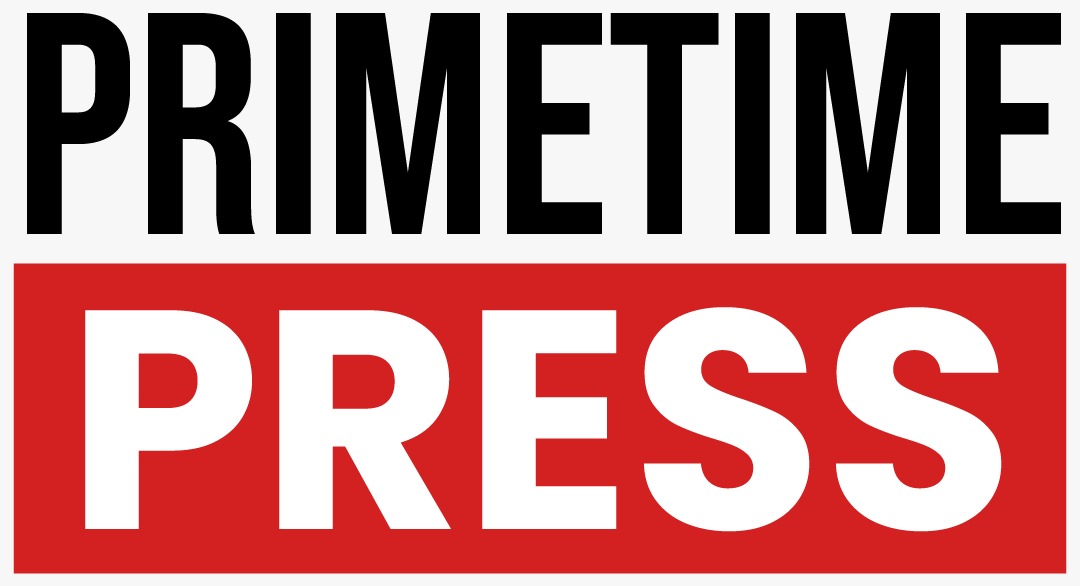April Job Growth Exceeds Expectations Despite Tariff Concerns
U.S. job growth in April demonstrated unexpected strength, with the addition of 177,000 nonfarm payrolls, according to the Bureau of Labor Statistics. This figure, while slightly below the adjusted total of 185,000 from March, surpasses Dow Jones’ forecast of 133,000.
Unemployment Rates Hold Steady
The unemployment rate remained unchanged at 4.2%, aligning with expectations. The household survey revealed an impressive increase of 436,000 in employment, showcasing a resilient labor market.
A broader measure of unemployment, including discouraged workers and those working part-time for economic reasons, fell slightly to 7.8%. In addition, the labor force participation rate edged up to 62.6%.
Market Response and Economic Outlook
The release of these job numbers positively influenced stock market futures and Treasury yields. Seema Shah, chief global strategist at Principal Asset Management, noted, “We can push recession concerns to another month. Job numbers remain very strong, suggesting there was an impressive degree of resilience in the economy in play before the tariff shock.”
Initially introduced tariffs by President Trump in early April raised concerns, yet a 90-day pause on reciprocal tariffs has been announced, allowing for ongoing negotiations with affected countries.
Sector Performance
Among various sectors, healthcare led job creation with an addition of 51,000 jobs, followed by transportation and warehousing (29,000 jobs), financial activities (14,000), and social assistance. However, the federal government recorded a deficit of 9,000 jobs during the month due to cuts in public sector employment.
Manufacturing faced a minor loss, shedding 1,000 positions during the reporting period.
Wage Growth and Realignment of Previous Data
Average hourly earnings grew by 0.2%, falling short of the anticipated 0.3% growth, and the annual increase of 3.8% was lower than expected, marking the lowest rate since July 2024.
Revisions to previous months’ job totals indicated a decline, with March’s estimates falling by 43,000 and February’s by 15,000.
Looking Ahead
The upcoming Federal Reserve policy meeting, set for next week, will likely influence future economic strategies. Central bank officials have entered a quiet period leading to this meeting but have expressed concerns regarding potential inflation due to tariffs.
The market expects the Federal Reserve to maintain the current short-term borrowing rate, although a decrease is projected in July.
Presidential Commentary
Following the job report, President Trump reiterated his call for the Federal Reserve to lower interest rates, stating, “Consumers have been waiting for years to see pricing come down. NO INFLATION, THE FED SHOULD LOWER ITS RATE!!!” via a social media post.

